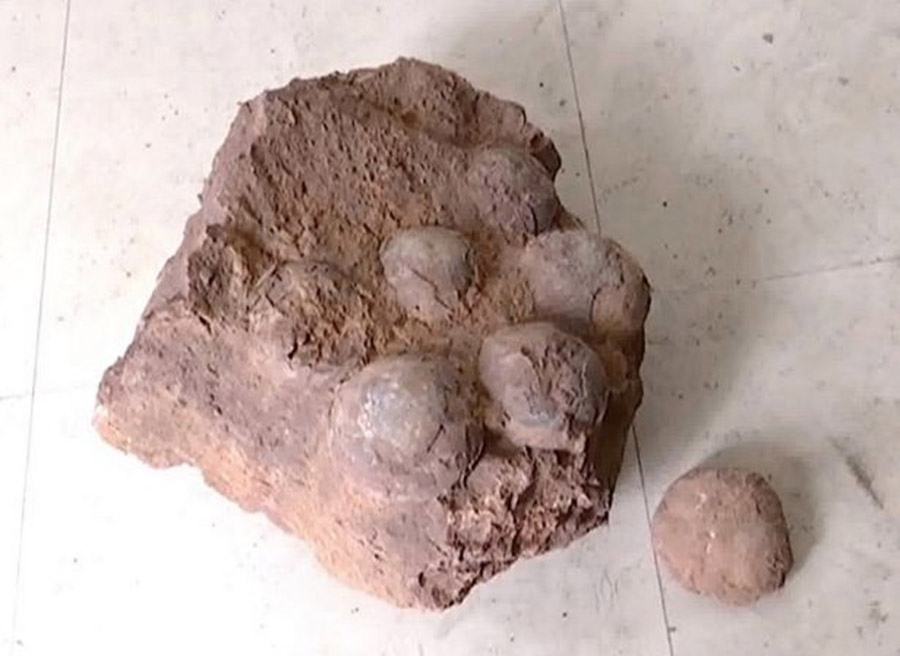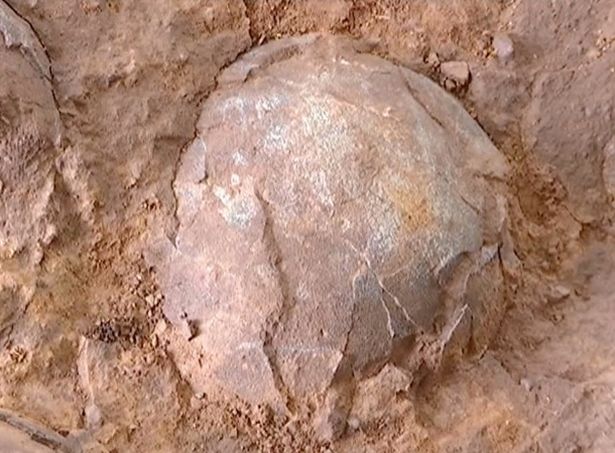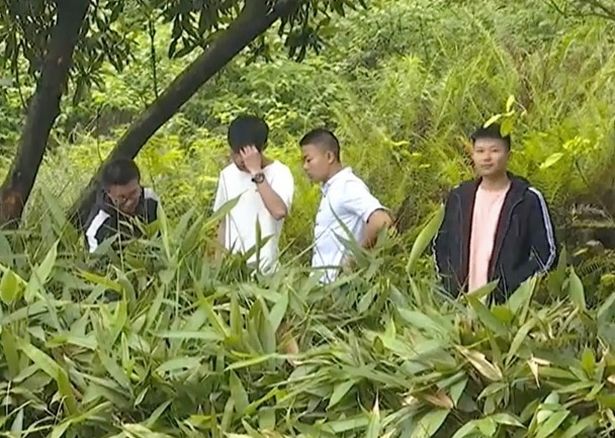Cluster of 66 Million-Year-Old Dinosaur Eggs Found During Rural Walk

The men reported their rare find to a local museum where it was confirmed that the fossilised remains dated to the Cretaceous Period.
Four college students found rare dinosaur egg fossils while on a walk through a rural area of southern China.
Footage shows how the young men encountered the "strange stones" covered in red mud in Pingxiang City in Jiangxi Province on May 11.
They decided to report their find to a local museum for further examination which later called in experts from the Chinese Academy of Science.
The "strange stones" were confirmed as dinosaur egg fossils, dating back to the late Cretaceous Period which began 145 million years ago and ended 66 million years ago.
The petrified remains are now being held in local museum.

Jiangxi Province has seen the discovery of a number of fossil in recent years and has been dubbed China’s ‘hometown of dinosaurs’
Dinosaurs alive during the Cretaceous Period include the Tyrannosaurus rex, the feathered Velociraptor and the three-horned Triceratops.
On April 15, 2010, a dinosaur egg fossil with an eggshell was found on a building site.
In September 2008, Pingxiang cultural relics found several dinosaur skeleton fossils from the rest of the building.

In 2017, a cluster of perfectly preserved dinosaur eggs were discovered by construction workers digging the foundations for a new school .
Up to 30 eggs were uncovered are believed to be a staggering 130 million years old.
The fossilised eggs were lucky to survive intact as the builders detonated an explosive to break up a large boulder.
The city and surrounding area is “one of the most productive oviraptorosaurian regions of the world” according to an article published in nature.com with seven oviraptorosaurian (feathered and bird-like) dinosaurs named after the region.
The seventh, the Corythoraptor jacobsi, was only discovered this year and is said to closely resemble the flightless cassowary, which lives in Australia, Papua New Guinea and Indonesia.
Source: www.mirror.co.uk








